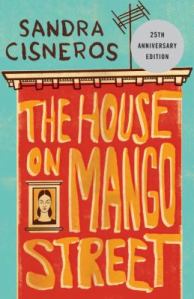 The Old Man and the Sea is a short novel by American author Ernest Hemingway. The novel is about a Cuban fisherman who manages to hook onto the largest fish he has ever seen, which he struggles to haul in alive.
The Old Man and the Sea is a short novel by American author Ernest Hemingway. The novel is about a Cuban fisherman who manages to hook onto the largest fish he has ever seen, which he struggles to haul in alive.
The novel begins with the old fisherman who had not caught any fish for the past eighty-four days. As a result, he is considered unlucky, and a young boy who used to fish with him together is no longer allowed to by his parents. The old man and the boy are very close, with the young boy often bringing the old man news and food.
The next day, the old man leaves early on his tiny boat, and he manages to hook onto the largest fish he has ever seen, an eighteen feet long marlin. Despite the fish’s massive size and strength, the old man is determined to catch the fish to end his unlucky period. The old man shows his determination after continuing to hold onto the fish for three days straight without sleep as it pulls his boat. With his determination, he eventually catches the massive fish after three days.
However, unfortunately for the old man, swarms of sharks attack his boat, eating the fish in the process, even though he desperately defends against them with everything he has.
He eventually returns home with nothing except the skeleton of the fish, collapsing onto his bed from exhaustion. The next day, the skeleton of the fish, still attached to his boat, draws crowds of people, fishermen and tourists alike, who are amazed by its size. Through all of this, the old man simply sleeps calmly, while the boy returns to take care of him, deciding he will fish with the old man despite his parents forbidding him to.
Ultimately, despite that The Old Man and the Sea is a classic, I would not recommend it due to its boring plot. The novel does contain some symbols, and the old fisherman represents Hemingway’s view on life, described as Hemingway’s “code hero.”
-Josh N.
The Old Man and the Sea by Ernest Hemingway is available for checkout from the Mission Viejo Library.

